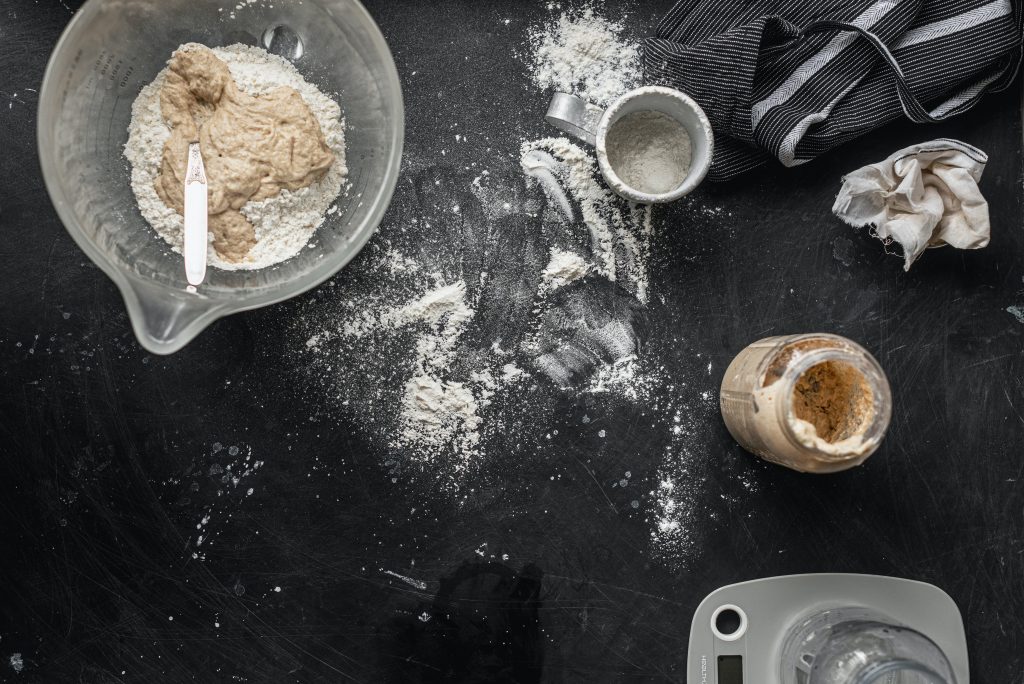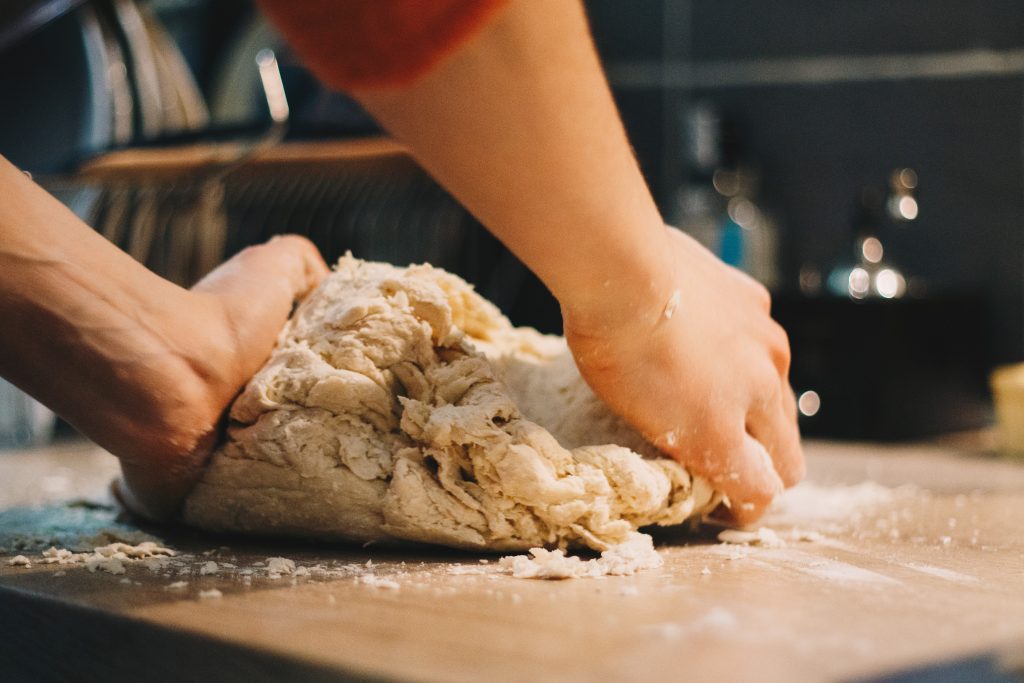MEXICAN IN NEW ENGLAND
Yeast
What is yeast?
Yeast is a magical, living, single-celled fungus organism, which you can find in the environment, in fruits and grains even in the air. Its function is to consume sugars and starches and convert them into alcohol, thus releasing carbon dioxide.
Yeast is essential for bakers as well as can be used in beverages such as beer and wine.
Yeast plays two roles in bread cooking: it provides volume and creates flavor. Yeast finds its food source in sugar. During fermentation, when fed, the yeast releases carbon dioxide, allowing the bread to rise and expand. The alcohol, which gives flavor to the bread and a multitude of aromatic molecules, which contribute even more to the flavor. This process is called fermentation and is what happens when the bread doubles its volume.

Gluten
Gluten is a protein developed in manufacturing. This elastic protein is formed when two partial proteins present in wheat flour, glutenin and gliadine, bind. Glutenin provides strength to the dough, while gliadine provides stretching.
Glutenin and gliadin come into contact with water during mixing, in a process called hydration.
A strong and elastic gluten net is necessary to contain carbon dioxide and allow bread to expand. If the gluten network is underdeveloped. yeast will not be able to do its job, because it will not be strong enough to contain the escaping carbon dioxide.
Yeast and Sugar
Yeast feeds on sugar, so a little sugar in the ingredients list should not be missing, approximately a tablespoon or two, they accelerate their activity modestly.
Sugar is hygroscopic, which means absorbes moisture. If there is a large amount of sugar in the dough, it will be subtracted from the amount of available liquid needed to hydrate the yeast so that it can work.
That’s why most sweetbreeds use a higher proportion of yeast. To count this prolonged increase, highly enriched masses like Panettone include more yeast than the amount used in other recipes. For example, it contains 2.22 percent of its total weight in yeast, while standard masses contain about 1.50 percent or much less.
Why is salt important?
If there is no salt in the dough, the yeast will ferment too fast, the salt sets the rhythm. But adding too much salt will actually slow down the fermentation, and end up with a bread that lacks volume.
Time and temperature
For most breads, it is recommended to use liquids at room temperature and let the dough rise to an ambient temperature from cool to warm, (approximately 25 degrees). At higher temperatures, enzymes reduce gluten from bread, forcing yeast to work harder and faster to make bread grow.
But what if the dough rises to low temperatures in the refrigerator?
The so-called cold fermentation is really a boon for many bread recipes, such as high and aerated Panettone, thin, chewy crust pizza or open ground sourdough bread. Leaving the dough to ferment in the refrigerator for more than 72 hours, as a result we will obtain a dough with greater flavor. The yeast in the dough left at room temperature consumes sugars and dough rises at a relatively fast rate, but then its expense stops producing not only gas, but also compounds that give flavor to the bread.
In cool temperatures, yeast produces carbon dioxide more slowly, resulting in a more even increase and providing more time for flavor compounds to develop.

Here are some types of yeasts that exist on the market:
Types of yeast
Instant dry
It comes in the form of small granules, as the name says, it is easily incorporated into the dough directly, no prior hydration is necessary.
Fresh or pressed
It is the most used in bakeries, they come in packages pressed cubes that I know easily crumble and are somewhat wet. They must be refrigerated to preserve their properties. It is recommended to activate it before use, mix water at a slightly warm temperature (30 – 38 C/86 – 100F) with sugar and flour.
Active dry
Its presentation is similar that instant dry, in the form of small granules, the difference is that this yeast has to be hydrated with slightly warm water approximately (30 – 38C/86 – 100F) sugar and flour.
